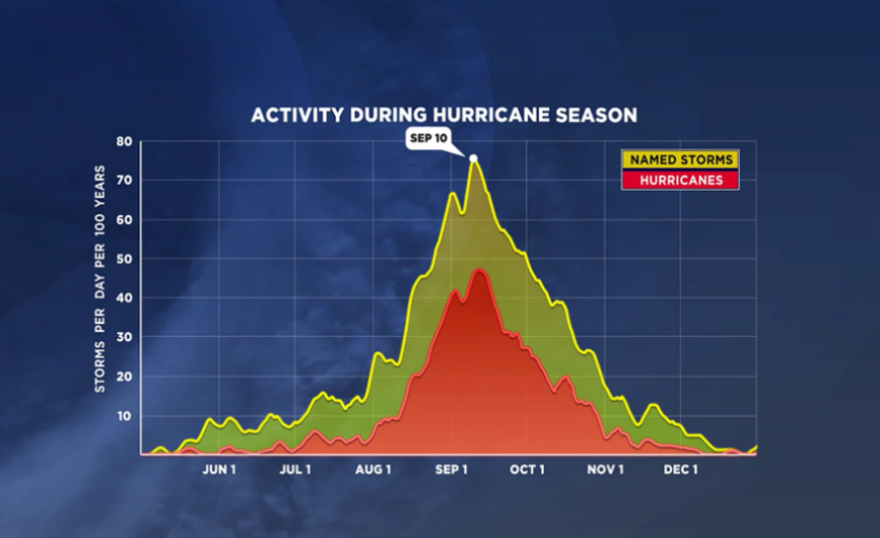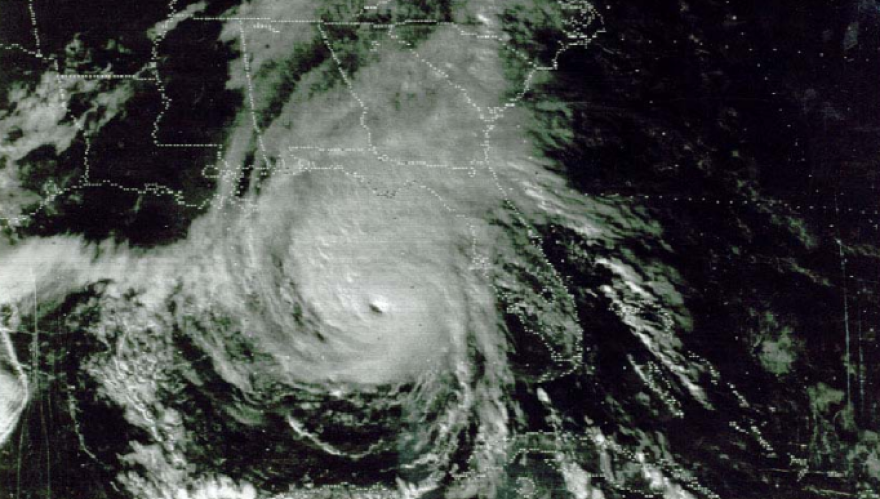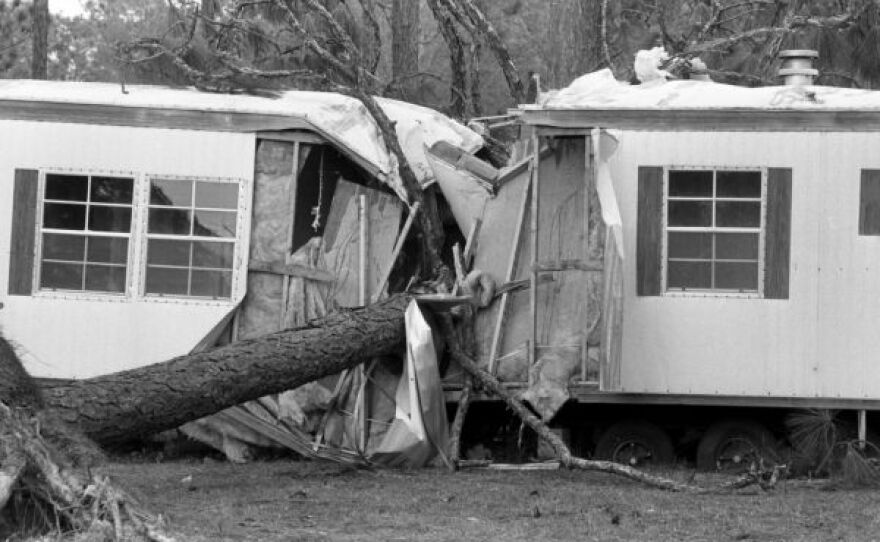As the 183-day Atlantic hurricane season approaches its end in November, the odds of being struck by a tropical system often fade well before the calendar says the season is over.
According to historical data from NOAA, 16 tropical cyclones have come within 30 miles or less of the Florida coastline during November since records began in the mid-1800s.
The latest landfalling hurricane was Category 2 Kate on Nov. 21, 1985, while the latest landfalling system of at least tropical storm strength was an unnamed storm that occurred on Dec. 1, 1925.
A November tropical threat occurs roughly once every ten years, with the most recent strike taking place back in 2022 when Hurricane Nicole made landfall near Vero Beach on Florida’s east coast.

Historically, November ranks fifth among the six months of the Atlantic hurricane season for tropical cyclone activity with only June producing fewer storms on average.
Most late-season cyclones form in the Caribbean Sea or the far western Atlantic, where waters remain warm enough to support some level of organization.
Cooler sea surface temperatures, increasing upper-level wind shear and intrusions of dry continental air usually combine to suppress storm formation.
Still, any cyclone that is able to develop and threaten the Sunshine State during the final month of the hurricane season really defies the odds.

Hurricane Kate sets records
Back in 1985, an unusually stout ridge of high pressure over the southwestern Atlantic prevented autumn cold fronts from sweeping far south. The setup allowed a pocket of tropical moisture to persist and eventually organize into Tropical Storm Kate.
Kate strengthened into a hurricane near the Bahamas before striking Cuba and then emerging into the Gulf.
Once over the warm Gulf waters, Kate intensified into a Category 3 cyclone with maximum sustained winds near 115 mph.
The cyclone only slightly weakened into a Category 2 hurricane before making landfall southwest of Tallahassee near Mexico Beach.
Widespread power outages and heavy rainfall were reported along the northern Gulf Coast, with damage at the time estimated to be around $700 million - equivalent to roughly $1.9 billion in today’s dollars.
Despite the destruction, the name “Kate” was not retired from the list of Atlantic storm names maintained by the World Meteorological Organization.
The name has since been reused several times, appearing in the 2003, 2015 and 2021 hurricane seasons, and is scheduled to appear again in 2027.
Off-season tropical cyclone formation
Beyond November, every month outside the six-month hurricane season has recorded at least one tropical system, including December.
Roughly 3% of all tropical cyclones since the mid-1800s have formed outside of the season start and end dates, according to NOAA records.
May has seen at least 42 tropical storms and hurricanes, while December ranks second with 27 tracked systems.
The last time there was a December formation was in 2013, when a short-lived tropical storm developed south of the Azores Islands in the eastern Atlantic.











